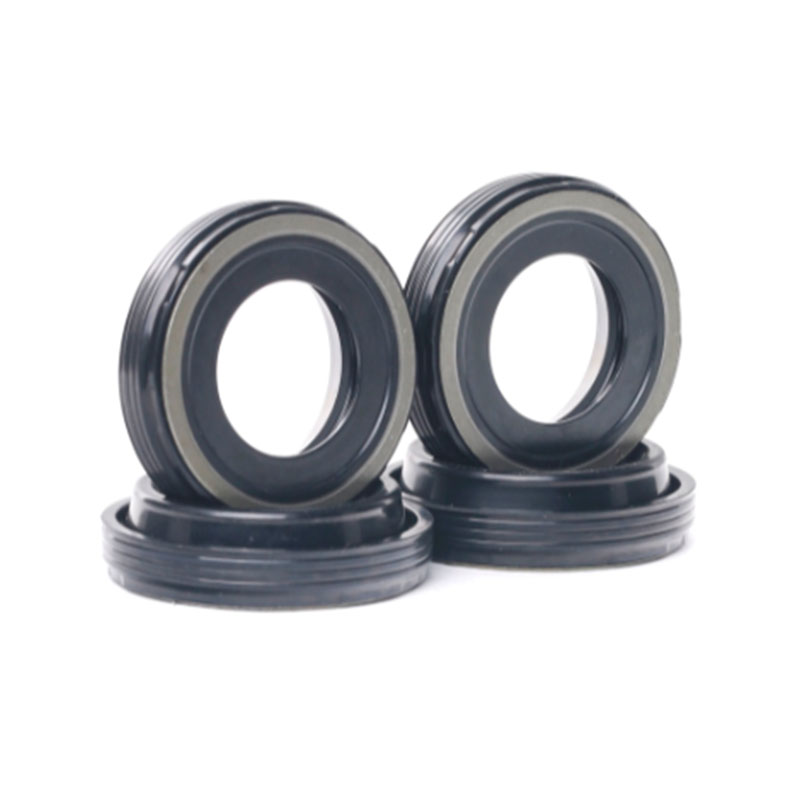Transmission Fluid Pan Gasket Replacement Guide for Optimal Performance and Leak Prevention
Understanding Transmission Fluid Pan Gaskets Importance and Maintenance
The transmission fluid pan gasket is an integral component of your vehicle's transmission system. Located between the transmission fluid pan and the transmission case, this gasket plays a vital role in ensuring that the transmission fluid remains contained, preventing leaks and maintaining the necessary pressure within the system. Understanding the function and maintenance of the transmission fluid pan gasket can help vehicle owners extend the life of their transmissions and avoid costly repairs.
Function of the Transmission Fluid Pan Gasket
The primary function of the transmission fluid pan gasket is to create a seal that holds the transmission fluid in the pan, which is crucial for the proper operation of the transmission. The gasket is usually made of rubber or a similar material that can withstand varying temperatures and pressure levels. As the transmission fluid circulates, it lubricates, cools, and cleans the transmission components; thus, any leaks caused by a failing gasket can lead to inadequate fluid levels, which can severely compromise transmission performance.
A compromised gasket can result in fluid leaks, which may cause several problems, including slipping gears, erratic shifting, or even complete transmission failure. Regular checks of the fluid levels and the condition of the gasket can prevent these issues. Signs of a failing gasket may include a puddle of transmission fluid under the vehicle and noticeable shifts in transmission performance.
Common Causes of Gasket Failure
Several factors can contribute to the deterioration of a transmission fluid pan gasket. One of the most common causes is age and wear. Over time, exposure to heat and pressure can cause gaskets to shrink, harden, or crack, leading to leaks. Additionally, improper installation or using the wrong type of gasket can result in poor sealing and premature failure.
transmission fluid pan gasket

Frequent transmission fluid changes, especially if the old fluid is not drained completely, can also affect the gasket's lifespan. Using incompatible transmission fluids or additives may damage the gasket material over time. It is essential to follow the manufacturer's recommendations for both fluid type and maintenance intervals to ensure that the gasket remains effective.
Maintenance and Replacement
Regular maintenance of the transmission system is crucial for preventing gasket failure. Drivers should periodically check the transmission fluid levels and look for any signs of leaks. If any fluid is found underneath the vehicle, it’s essential to pinpoint the source and assess whether it is the gasket or another component of the transmission system.
When it comes to replacing a worn-out transmission fluid pan gasket, it is a task that can often be accomplished by DIY enthusiasts, provided they have the necessary tools and know-how. It typically involves draining the transmission fluid, removing the pan, cleaning the surfaces, and then carefully installing a new gasket before reassembling everything. However, if you are not comfortable with automotive repairs, it’s advisable to seek professional assistance to avoid causing further damage.
Conclusion
In summary, the transmission fluid pan gasket is a small but critical part of your vehicle's transmission system. Regular maintenance and timely replacement of the gasket can prevent significant transmission issues down the line. By staying vigilant about your vehicle’s fluids and addressing any concerns promptly, you can help ensure smooth operation and prolong the lifespan of your transmission, saving yourself both time and money in the long run.
-
The Ultimate Guide to Car Repair Kits: Tools and Essentials Every Driver Should Own
News Aug.01,2025
-
The Complete Guide to Oil Pan Gaskets: Sealing Engine Leaks the Right Way
News Aug.01,2025
-
Preventing Oil Leaks: A Complete Guide to Oil Pan Gaskets and Drain Seals
News Aug.01,2025
-
Everything You Need to Know About Oil Pan Gaskets and Drain Plug Seals
News Aug.01,2025
-
Essential for Car Owners: How to Use a Car Repair Kit to Deal with Minor Breakdown
News Aug.01,2025
-
Comprehensive Guide to Engine Oil Sump Gaskets and Related Seals
News Aug.01,2025
-
The Ultimate Guide to Boat Propeller Bearings and Trailer Wheel Bearings
News Jul.31,2025
Products categories















